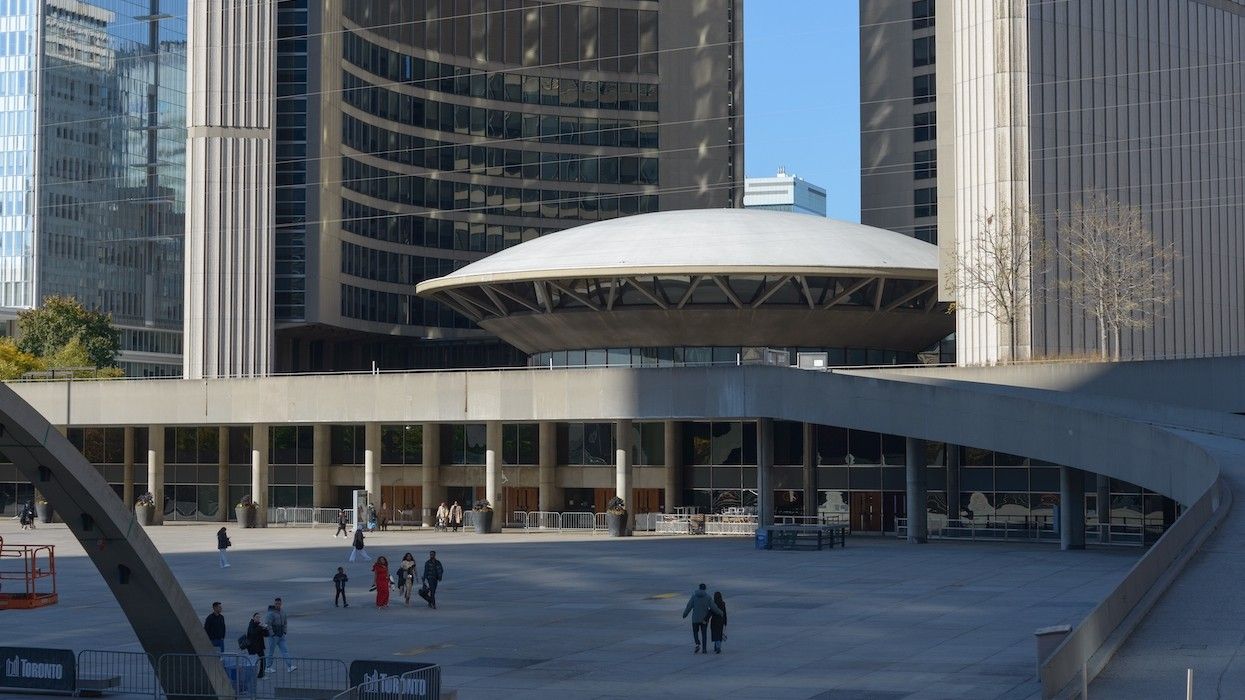A new incentive program designed to add as many as 20,000 new purpose-built rental housing units to the City of Toronto — including 7,000 through a municipally-funded first phase — is being scrutinized by development sector stakeholders, many of whom are wary that it doesn’t have the legs to make a meaningful impact.
Made public at the end of October and approved at Wednesday’s City Council meeting in a 23-1 vote, the program is called the Purpose-built Rental Homes Incentives Stream and, at a high level, it pairs qualifying projects with certain perks, including “an indefinite deferral” of development charges (so long as they remain rental in tenure), a “recommended” property tax reduction of 15% for 35 years, and foregone taxes and fees for affordable rental units.
READ: Toronto Considering DC Deferrals, Property Tax Cuts For Purpose-Built Rentals
While Adrian Rocca, Chief Executive Officer at Fitrovia, thinks that the City is barking up the right tree by taking aim at development charges and property taxes, he takes issue with the eligibility criterion. To qualify for the incentive, projects are required to include at least a 20% share of affordable rental units that meet the City’s income-based definition of affordable housing, and they must stay affordable for at least 40 years (up to 99 years).
The October 30 report that recommended the creation of an incentive stream expresses the City’s prerogative to align its rental housing projects and CMHC programs, and more specifically, proposes “changing eligibility for funding and incentives for affordable and rent-controlled housing to a minimum of 20% of units (from current minimum of 30% of residential gross floor area) to align with CMHC funding programs, including Apartment Construction Loan Program.”
“I like that there are incentives for purpose-built rental,” Rocca tells STOREYS. “I think it’s a good step, but what we were hoping for was something that doesn’t have CMHC at the table.”
As far as Rocca is concerned, the City needs to “detangle” this program, and others like it, from CMHC affordable housing requirements altogether. They’re too restrictive, and don’t do much to encourage developers, who are already hurting financially, to break into purpose-built rental.
What Rocca is expressing reverberates across the broader development community, not only in Toronto, but across Ontario. In fact, around a half a dozen letters from various groups and associations have gone to City staff that say pretty much the same thing: the purpose-built rental incentives stream, while encouraging and in the right spirit, is fundamentally flawed.
Residential Construction Council of Ontario President Richard Lyall pointed out, in a letter dated November 1, that requiring a 20% share of affordable units, in combination with a requirement that those units must remain affordable for 40 to 99 years, “likely negates any reasonable prospect of a development being financially feasible under this program.”
Another letter, this one from the Building Industry and Land Development Association President and CEO Dave Wilkes, underscores that the “vast majority” of the 29,000 to 37,000 rental and condo units that are stuck in the pipeline won’t qualify for the City’s incentive program, and that it will only be initiatives like Housing Now, which are specifically designed with an affordable component baked in, and projects subsidized by the Apartment Construction Loan Program, that will be able to benefit.
For his part, Rocca believes that it the City’s new program will help, at the very least, make a dent in what’s already in the pipeline. “But I don’t think it’ll move the needle enough,” he adds. As far as he is concerned, this all speaks to an ever-present disconnect between what the City is willing to do and what the development sector actually needs to move forward in a meaningful way.
“I think the City knows [what we need], because we've been in working sessions with the city and have been very clear,” he says. “But they, for whatever reason, either choose to ignore or are forced to ignore. And I think the answer is more the former rather than the latter.”
Nonetheless, now that the program has passed through Council, the City’s plan is for 7,000 rental homes to be delivered in the first phase, with priority given to “projects that can demonstrate higher levels of certainty around securing construction financing and earlier construction start timelines,” according to a November 12 report. Homes in the first phase are anticipated to be funded using the City’s own resources, and will include at least 1,400 affordable rental units.
The second phase of the project — expected to deliver 13,000 new rental homes, including 2,600 affordable rental units — will hinge on funding from the provincial and federal levels of government.
- Toronto To Leverage City-Owned Lands For Affordable Midtown Rentals ›
- Toronto Rental Starts Slashed In Half As “High Cost Of Financing” Cuts Into Profitability ›
- Toronto Considering DC Deferrals, Property Tax Cuts For Purpose-Built Rentals ›
- Purpose-Built Rental Starts “Nearly Quadrupled” In Past Decade ›
- Toronto To Defer DCs For Condo Projects With Affordable Units ›





















